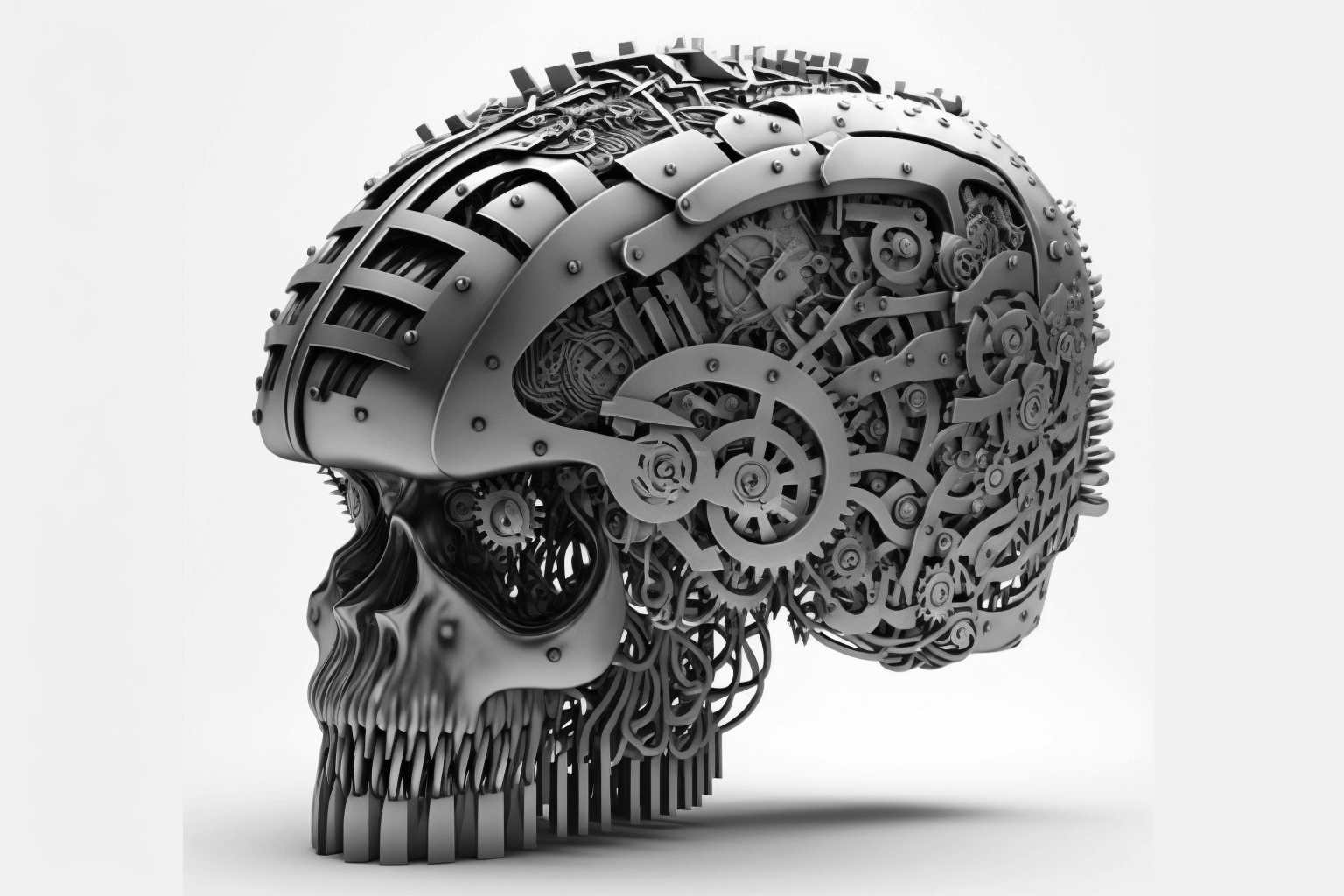Inflation Calculator: Compare Your Money's Value Over Time
Calculate the impact of inflation on your money with our Inflation Calculator. Use accurate data dating back to 1914 to see how much the cost of living has changed over the years.
What if you had invested earier? Travel back in time and see the growth potential of your investments with our Investment Time Machine.
More Calculators: Compounding Interest, Savings Goal, Debt Repayment, Amortization Schedule
Historical Inflation Rates: A Look at the Past 100+ Years
Why Does Inflation Exist?
In the intricate tapestry of our economic world, inflation is a thread woven into the fabric of our daily lives. Its existence is not happenstance but a result of complex interactions and fundamental aspects of our economic systems. Let's delve into why inflation persists, adding both challenge and nuance to the economic narrative.
The Dance of Supply and Demand
At the heart of inflation lies the perpetual dance between supply and demand. Our desires for goods and services, constantly shifting, create a delicate equilibrium. When demand outpaces supply or vice versa, the rhythm of this dance introduces inflationary pressures. It's a natural consequence of our ever-evolving wants and the ebb and flow of economic dynamics.
The Constant Evolution of Economic Systems
Economic systems are not static; they are living, breathing entities constantly in flux. The pursuit of growth, progress, and prosperity propels these systems forward. Inflation emerges as a companion on this journey, a marker of the constant evolution inherent in economic landscapes. It exists as a testament to our collective aspirations and the dynamic nature of our economic structures.
The Human Element: Expectations and Behavior
Inflation is not a faceless force but a reflection of human expectations and behavior. The choices we make, the investments we undertake, and the policies we implement all play a role in shaping the economic climate. Our collective anticipation of future conditions becomes a driving force behind inflation, weaving the human element into the very fabric of economic reality.
Types of Inflation
1. Creeping Inflation
Characteristics: Creeping inflation is characterized by a slow and moderate increase in prices over an extended period. The rate of inflation is relatively low, usually in the single digits.
Impact: While creeping inflation might be less disruptive than more rapid forms, it still erodes the purchasing power of money over time. Central banks often target a low, steady rate of inflation to promote economic stability.
2. Walking Inflation
Characteristics: Walking inflation refers to a moderate and sustained increase in the general price level. The inflation rate is higher than in creeping inflation but remains manageable, typically in the mid to high single digits.
Causes: Factors contributing to walking inflation can include increased demand for goods and services, rising production costs, or other supply-side pressures. Effective economic policies are crucial to preventing walking inflation from escalating into a more severe form.
3. Hyperinflation
Characteristics: Hyperinflation is an extreme and rapid increase in prices, often reaching astronomical levels within a short period. This phenomenon is rare but has severe consequences, including the collapse of a country's currency and economic instability.
Causes: Hyperinflation can be triggered by a variety of factors, such as excessive money printing, political instability, or economic mismanagement. Historical examples include the hyperinflation in Germany during the 1920s and more recent instances in Zimbabwe and Venezuela.
Understanding these types of inflation is crucial for policymakers, economists, and the general public. It allows for the implementation of targeted strategies to manage inflation effectively, striking a balance between economic growth and price stability. The ability to identify the type and underlying causes of inflation empowers individuals and governments to make informed decisions to mitigate its adverse effects on the economy.
Demand-Pull Inflation: Chasing Dreams and Desires
At its heart, demand-pull inflation is a testament to the dreams and desires of a society in motion. When the collective appetite for goods and services surpasses what can be readily supplied, prices soar. It's a tale of consumers yearning for more, businesses striving to keep up, and the delicate dance between aspirations and the constraints of production.
Cost-Push Inflation: The Balancing Act of Production
Picture a stage where the costumed actors are the elements of production: labor, raw materials, and technology. In the theatre of cost-push inflation, these actors perform a delicate balancing act. As wages rise, as resources become scarcer, as technological advancements reshape the landscape — the production costs take center stage, influencing the rise and fall of the economic curtain.
Built on Expectations: The Human Element in Inflation
If economics is a play, expectations are its script. People make decisions based on what they anticipate the future holds. Inflation is no exception. When individuals, businesses, and policymakers collectively pen the narrative of what they foresee, their expectations shape the reality of inflation. The human element, with its aspirations, fears, and uncertainties, becomes an integral character in the economic storyline.
Understanding these causes not only requires an economic lens but also an appreciation for the human stories woven into the fabric of inflation. It's a narrative of desires, production challenges, and the collective expectations that mold the economic world we navigate.
The Ripple Effects of Inflation: A Human Perspective
Inflation, like a gentle breeze or a sudden storm, touches every corner of our economic landscape. Let's explore the effects of inflation with a human touch, making the complexities more approachable.
1. Redistribution of Wealth: The Economic Balancing Act
Imagine wealth as a communal potluck. Inflation, in its dance with rising prices, can shift the portions on everyone's plate. Debtors may find relief as their debts become less burdensome, while creditors may see the real value of their loans diminish. It's a delicate balancing act, where the economic scales tip, and each member of the financial potluck feels the effects in a unique way.
2. Uncertainty: Navigating the Economic Fog
Picture an economic journey through foggy terrain. High and unpredictable inflation creates a similar sense of uncertainty. Businesses hesitate to invest, individuals think twice before making significant purchases, and the economic roadmap becomes less clear. Navigating through the economic fog requires careful consideration and adaptability.
3. Interest Rates: The Symphony of Monetary Policy
Central banks, like conductors in an economic symphony, often use interest rates to control inflation. When inflation rises, they may raise interest rates to cool down spending. This impacts everything from mortgages to car loans, influencing the cost of borrowing and shaping the financial decisions of individuals and businesses.
Exploring the effects of inflation through these human narratives reveals the intricate interplay between economic forces and our daily lives. It's a story of wealth distribution, the challenge of uncertainty, and the orchestrated efforts of central banks in the economic symphony.
Unveiling the Mechanisms: How Inflation is Injected into the Economy
The injection of inflation into the economy is a fascinating process, resembling the careful mixing of ingredients in a culinary masterpiece. Let's delve into the mechanisms through which inflation finds its way into the economic recipe.
1. Monetary Policy and the Printing Press
Imagine a monetary chef with a printing press instead of a cookbook. Central banks, acting as stewards of the economy, can inject money into circulation by literally printing more of it. This expanded money supply can lead to increased spending, contributing to demand-pull inflation. However, this tool requires finesse, as excessive printing can lead to unwanted consequences, including hyperinflation.
2. Wage Increases and the Labor Marination
In the economic kitchen, the marination process involves wage increases. When businesses raise wages to attract or retain talent, it adds a flavorful twist to the economic mix. However, this can also increase production costs, potentially leading to cost-push inflation. The delicate balance between fair wages and cost control is essential for a harmonious economic dish.
3. Demand Dynamics and Consumer Appetite
Consider consumer appetite as the spice that can enhance or heat up the economic pot. When consumer demand outpaces the available supply of goods and services, prices rise. This demand-pull inflation is driven by the enthusiasm of consumers, akin to adding a pinch of zest to an otherwise ordinary economic stew.
These are the ingredients and techniques in the economic kitchen where inflation is crafted. From the printing press of monetary policy to the marination of wage increases and the dynamics of consumer appetite, the injection of inflation is a carefully orchestrated dance that shapes the economic flavors we experience.
- Struggling to Save? Try These 10 Money-Saving Hacks
- 13 Best Financial and Investment Calculators
- Mastering the Art of Frugal Living: A Comprehensive Guide to Smart Shopping
- A Comprehensive Collection of Investing and Financial Books
- The Ultimate List of Investing Podcasts
- Strategic Investing: Why You Should Look Beyond the Stock Market Celebrities
- The Harsh Truth About Dividend Investing
- Where to Buy Domains: Finding the Best Deals
 The AI Gold Rush: Navigating the Thin Line Between Innovation and Overvaluation in Business
The AI Gold Rush: Navigating the Thin Line Between Innovation and Overvaluation in Business- Sweet Dreams: 7 Smart Sleep Investments for a Restful Night.









